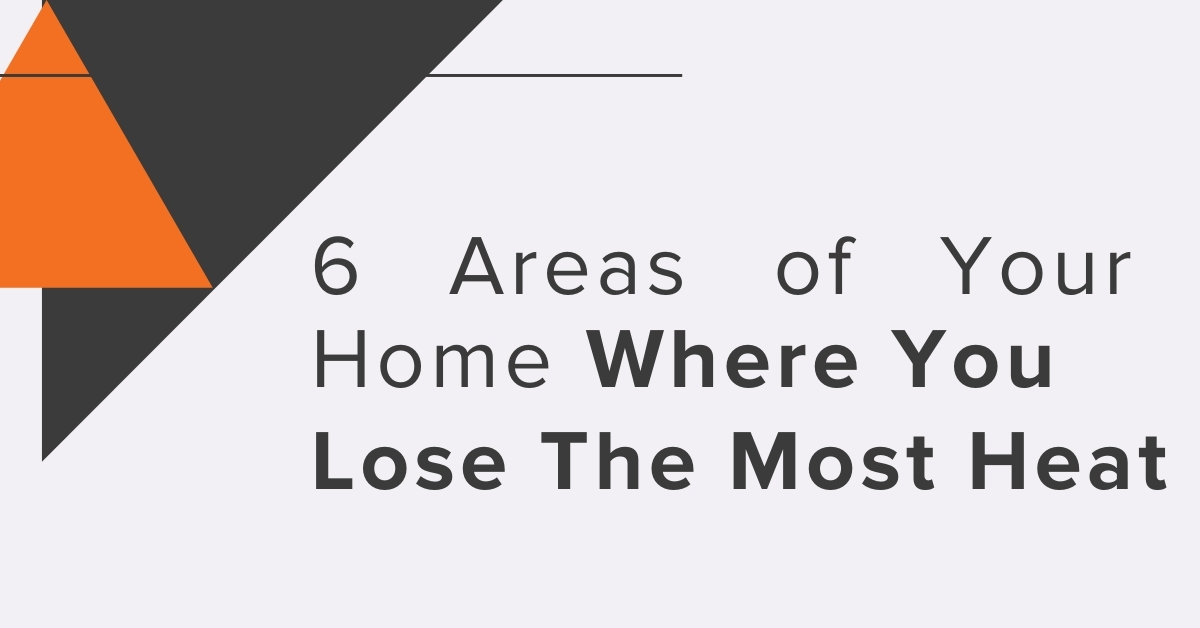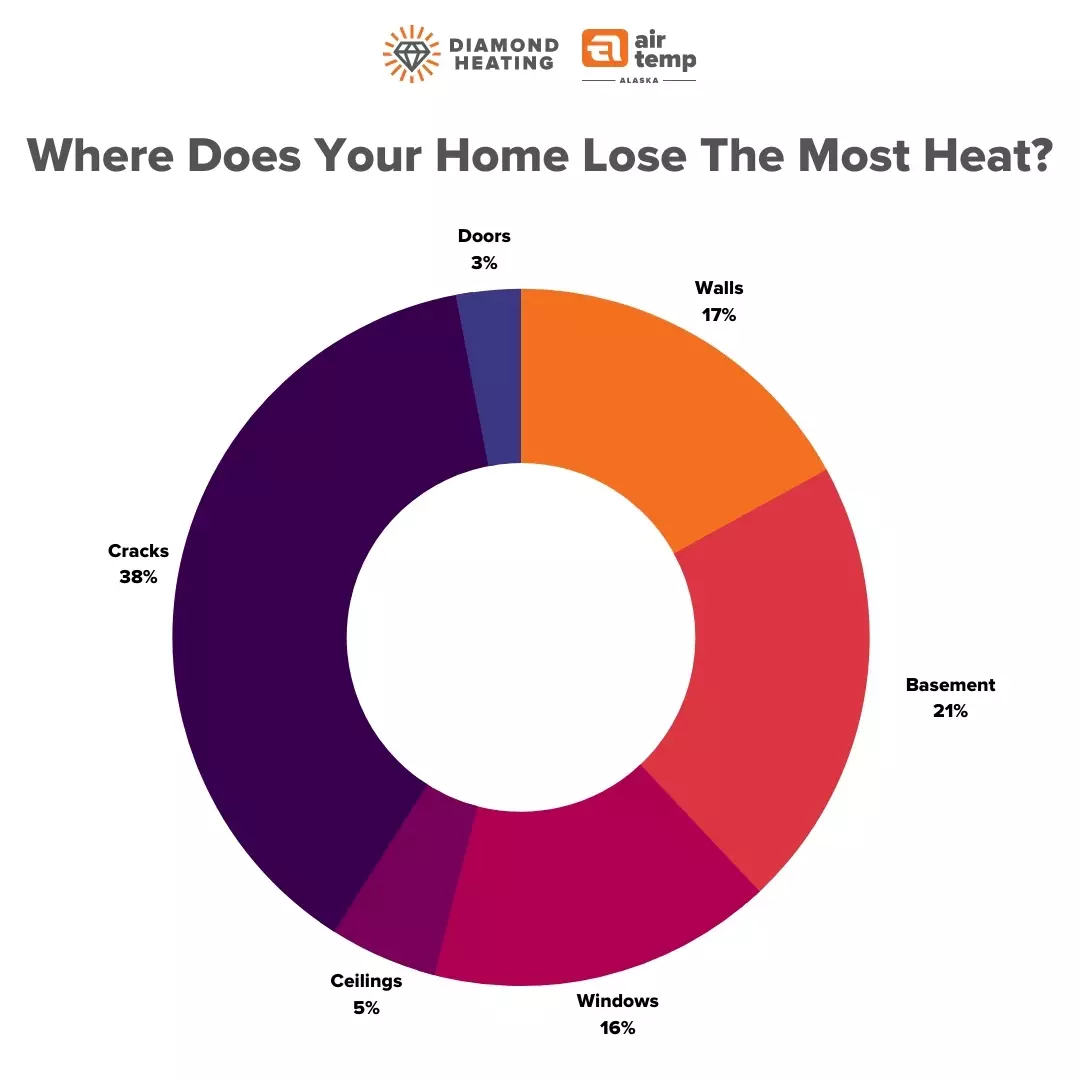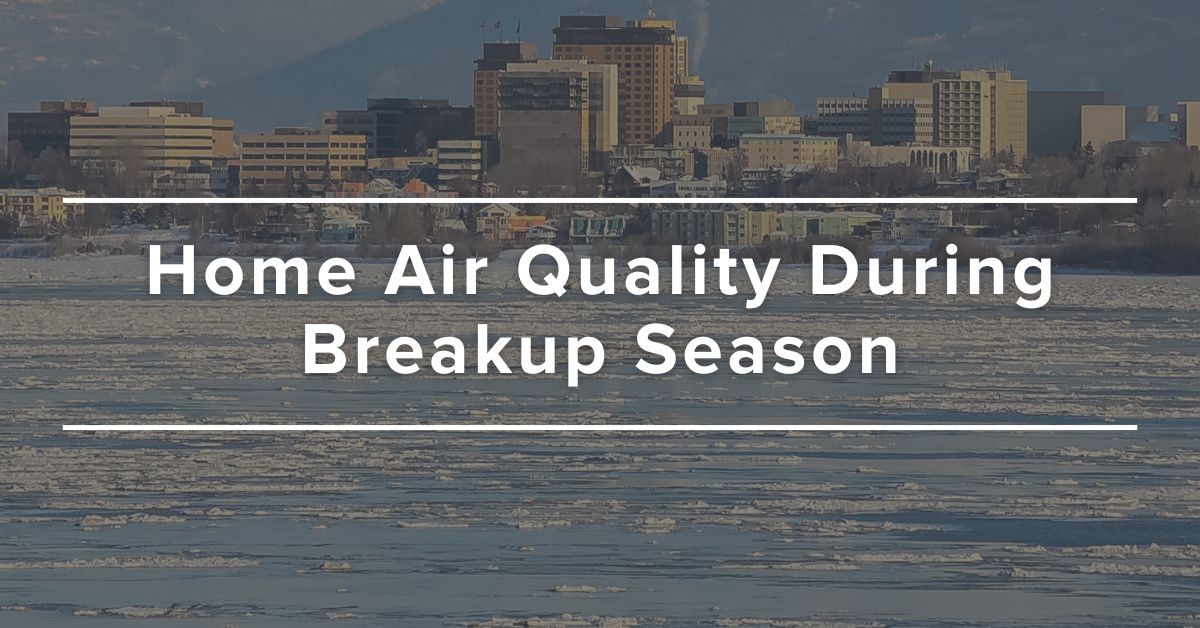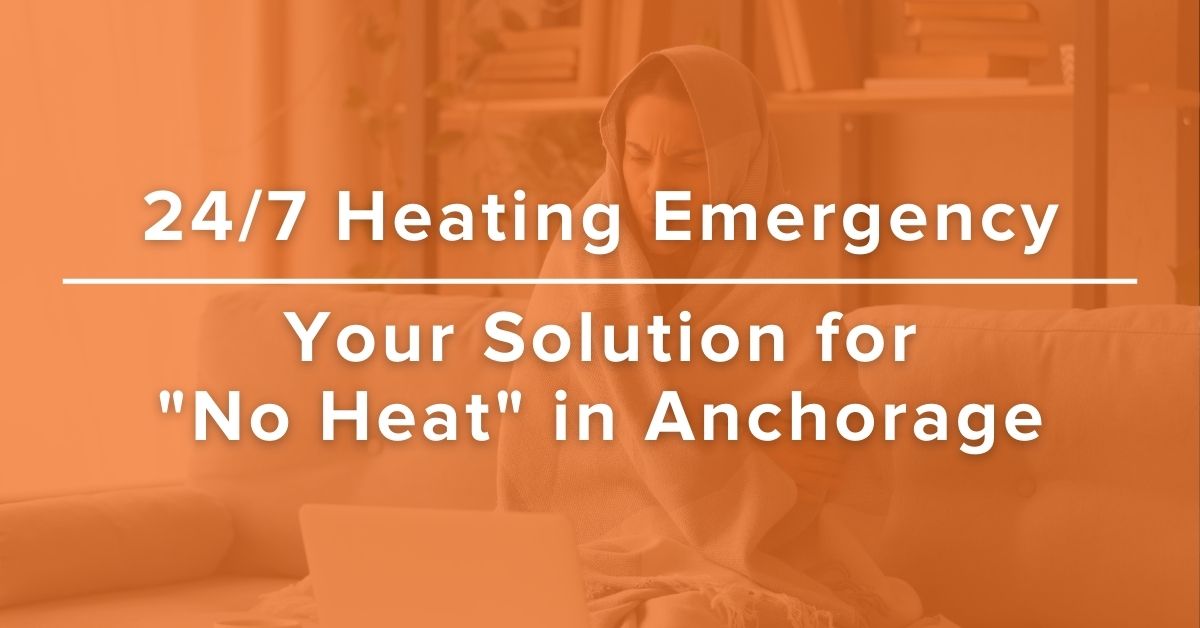
When heat loss occurs in your home it not only raises your energy bills but can also put a heavy strain on your furnace or boiler system. This strain on your system can ultimately cause a breakdown and may result in replacing your heating system sooner than expected. In order to prevent significant heat loss from happening, we suggest Alaskan homeowners check the following areas of their home to determine areas of poor insulation or risk of heat loss.
1. Basement Walls and Floors
20% of home heat is lost through basement walls. This is due to the foundation of your basement walls and the cement slab being poorly insulated. The best solution for this is to finish your basement if it’s cement (which most of them are), or provide more insulation around the walls. Having a finished basement is a great way to increase your home’s R-value, or its thermal resistance, which determines how quickly it loses heat. However, unfinished basements can be insulated through blanket batts and rolls, foam boards, reflective foils, or fiber insulation.

2. Cracks in Walls, Windows and Doors
Around 38% of heat loss in your home comes from cracks in your walls, windows and doors (often invisible to the naked eye). In fact, a ⅛ inch gap under a 36-inch wide door will let as much cold air into your home as a 2.4 inch hole through your wall. In order to avoid this, we recommend regularly caulking the joints around your window and door frames and installing weatherstripping around the moving parts of your doors or windows.
3. Poorly Insulated Windows
Windows cause a lot of heat loss because they are made of glass, which is a poor insulator. There are a few ways to prevent your home losing heat through its windows. First, installing triple glazed windows or storm windows can help lower the amount of heat loss through windows by about 10-20%. A more cost efficient way to insulate your windows is by installing plastic sheets on the existing panes. A plastic coating can reflect heat back into your home during the winter, and can be easily installed by using a hair dryer. However, if you choose to install storm windows, be sure to choose Energy Star rated energy efficient solutions.
4. Framed Walls
Heat loss through walls generally occurs due to physical contact with cold weather. Over time, different types of insulation within walls can lose effectiveness and therefore need to be replaced or upgraded. Adding insulation to your walls does not require major renovations, as there are repair options available for homes with existing walls. You can choose to have loose, fill or blown in cellulose, fiberglass or mineral insulation, as well as spray foam, installed in your wall frames. We recommend hiring a professional to handle this process for you.
5. Ceilings
Because hot air rises, a small percentage of your home’s heat is lost through your ceiling and/or attic. Cracks or holes in your attic or ceiling, along with improperly placed vents, can allow for some heat loss. In order to avoid this, the US Department of Energy suggests measuring the thickness of the insulation. If the insulation is less than 11 inches of fiberglass or wool, or 8 inches of cellulose, you should add more. You may also consider insulating your attic access door.
6. Exterior Doors
The least of all heat loss occurs through your home’s doors. If you find out that your door is causing major heat loss we suggest buying a new Energy Star steel and fiberglass door, as they are the most insulating.
Although all homes lose heat, some houses lose heat more rapidly and significantly than others. Diamond Heating and AirTemp Alaska urges homeowners to identify, diagnose, and take action to prevent heat loss to protect against high utility bills and to prevent breakdowns.







